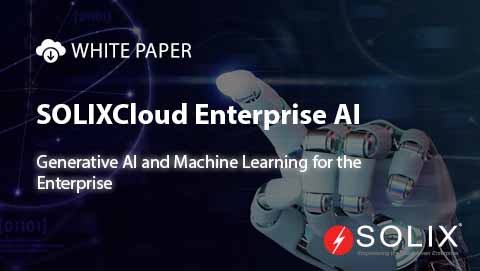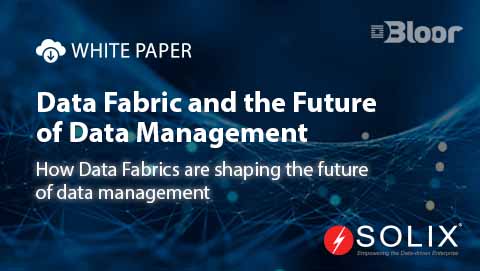What Is Erp System Meaning
Solix blog readers are interested in general learning, beyond looking into the products and services we offer. Our blogsphere has wide-ranging content that covers tech and business topics. One of the bigger general interests is on defining different software areas. I’ve written on banking software: Banking Software Solutions: A Comprehensive Overview – SOLIX Blog. I’ve also written about healthcare software solutions: Healthcare Software Solutions: Understanding the Landscape – SOLIX Blog.
Today we’ll give an overview of one of the biggest software market segments: Enterprise Resource Planning, or ERP.
Enterprise Resource Planning (ERP) systems stand as one of the most significant technological developments in business management over the past half-century. To truly understand ERP systems, we must first explore their origins and evolution, which tell a fascinating story of how businesses have transformed their operations through technology.
The concept of ERP emerged from the manufacturing sector in the 1960s, beginning with Material Requirements Planning (MRP) systems. These early systems were designed to help manufacturers track inventory and production schedules, managing the complex web of components needed for manufacturing processes. As computing power grew through the 1970s, these systems evolved into Manufacturing Resource Planning (MRP II), incorporating more business processes like accounting and human resources.
The term “Enterprise Resource Planning” was coined by Gartner in 1990, marking a significant shift in how businesses approached their operational software. ERP systems expanded beyond manufacturing to encompass all core business processes under a single, integrated software platform. This integration revolutionized how organizations managed their resources, breaking down the silos that had previously separated different departments.
Through the 1990s and early 2000s, ERP systems were primarily the domain of large enterprises, with companies like SAP, Oracle, and PeopleSoft dominating the market. These systems required significant investment in hardware, software licenses, and implementation services, often taking years to fully deploy. However, they provided unprecedented visibility into business operations and helped organizations streamline their processes.
The cloud computing revolution of the 2010s democratized access to ERP systems. Cloud-based ERP solutions eliminated the need for expensive on-premises infrastructure and made these powerful tools available to small and medium-sized businesses. This shift also introduced more flexible pricing models, with subscription-based services replacing traditional licensing.
Today’s ERP systems are sophisticated platforms that serve as the operational backbone of modern organizations. They manage and integrate essential business processes in real-time, including finance, procurement, manufacturing, supply chain, services, and human resources. Modern ERPs leverage artificial intelligence and machine learning to provide predictive analytics, automate routine tasks, and offer intelligent insights for decision-making.
By 2025, ERP systems have become even more intelligent and interconnected. They now incorporate advanced technologies like Internet of Things (IoT) sensors, blockchain for supply chain transparency, and advanced analytics for better business intelligence. Mobile accessibility has become standard, allowing employees to access critical business information and perform tasks from anywhere in the world.
But what exactly does an ERP system do? At its core, an ERP system serves as a central nervous system for business operations. It collects, stores, manages, and interprets data from various business activities, providing a single source of truth for the entire organization. When a customer places an order, for instance, the ERP system automatically updates inventory levels, schedules production if needed, adjusts financial forecasts, and updates delivery timelines – all in real-time.
ERP systems also facilitate better decision-making by providing comprehensive reporting and analytics capabilities. They help organizations maintain regulatory compliance, reduce operational costs, and improve customer service by ensuring that all departments have access to accurate, up-to-date information. Perhaps most importantly, they enable businesses to scale operations efficiently by automating routine tasks and standardizing business processes across the organization.
ERP systems continue to evolve as new advancements are introduced, with emerging technologies like artificial intelligence, machine learning, and advanced analytics playing increasingly important roles. These systems are becoming more intuitive, more automated, and more capable of providing actionable insights that drive business success. As we move forward, ERP systems will remain central to business operations, continuing to adapt and evolve alongside the changing needs of modern enterprises.





